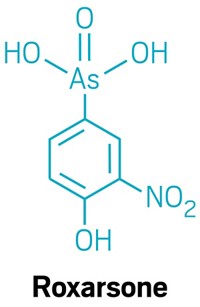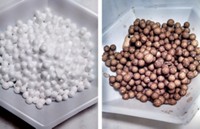Advertisement
Grab your lab coat. Let's get started
Welcome!
Welcome!
Create an account below to get 6 C&EN articles per month, receive newsletters and more - all free.
It seems this is your first time logging in online. Please enter the following information to continue.
As an ACS member you automatically get access to this site. All we need is few more details to create your reading experience.
Not you? Sign in with a different account.
Not you? Sign in with a different account.
ERROR 1
ERROR 1
ERROR 2
ERROR 2
ERROR 2
ERROR 2
ERROR 2
Password and Confirm password must match.
If you have an ACS member number, please enter it here so we can link this account to your membership. (optional)
ERROR 2
ACS values your privacy. By submitting your information, you are gaining access to C&EN and subscribing to our weekly newsletter. We use the information you provide to make your reading experience better, and we will never sell your data to third party members.
Environment
Composting Inactivates Dangerous Prions
Ranchers could use the low-cost method to dispose of animal waste contaminated by the disease-causing proteins
by Journal News and Community
June 2, 2014
| A version of this story appeared in
Volume 92, Issue 22
Canadian researchers report that composting animal waste could be a simple, low-cost method for ranchers to dispose of and inactivate infectious prion proteins. The disease-causing proteins are misfolded versions of natural prions that can cause neurodegenerative illnesses when consumed by people and animals. Government regulations in North America and Europe mandate or recommend methods such as incineration for diseased animal remains contaminated with misfolded prions. Tim A. McAllister of Agriculture & Agri-Food Canada and his colleagues tested the ability of composting to break down the recalcitrant prions by building a 100-ton compost pile containing straw and cattle manure and carcasses. They added stainless steel pellets coated with prions responsible for the sheep disease scrapie. After seven months, the team injected proteins from the pellets into the brains of hamsters. Given the number of infected hamsters, the composting reduced prion infectivity by 99.999% compared with a control treatment (Environ. Sci. Technol. 2014, DOI: 10.1021/es500916v). McAllister points out that the normal exposure route—an animal eating contaminated material—transmits the disease much less effectively than introducing prions directly into the brain.




Join the conversation
Contact the reporter
Submit a Letter to the Editor for publication
Engage with us on Twitter